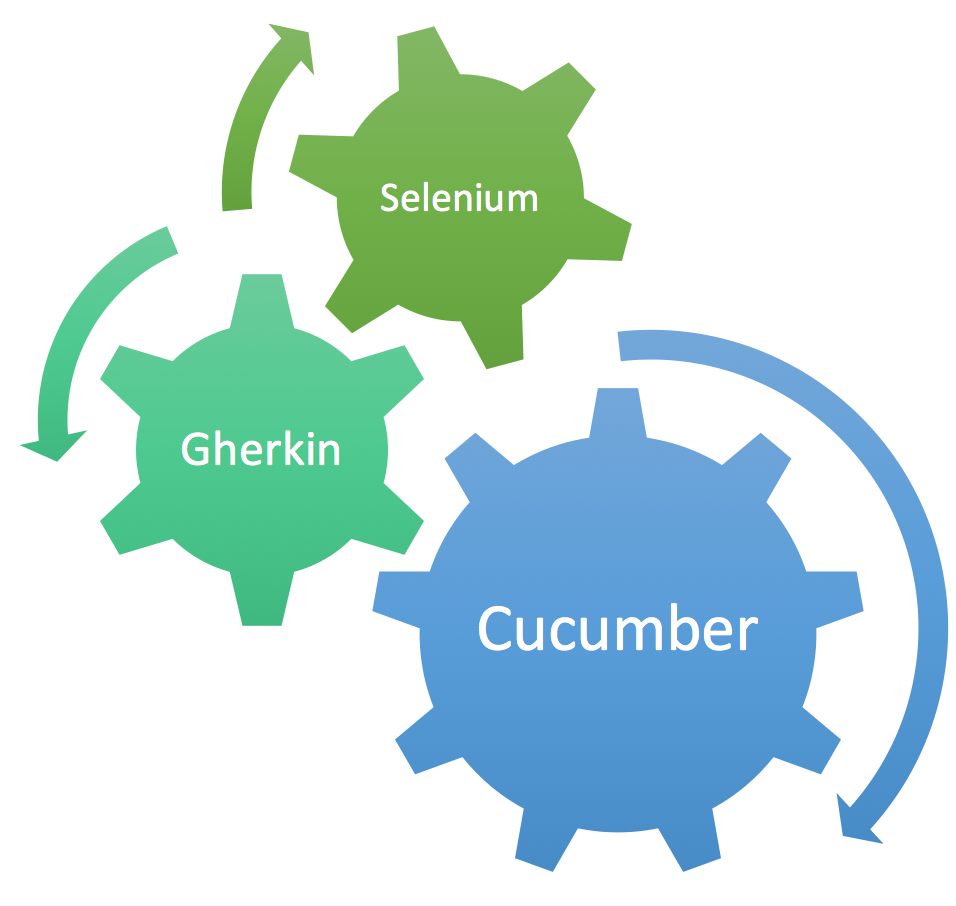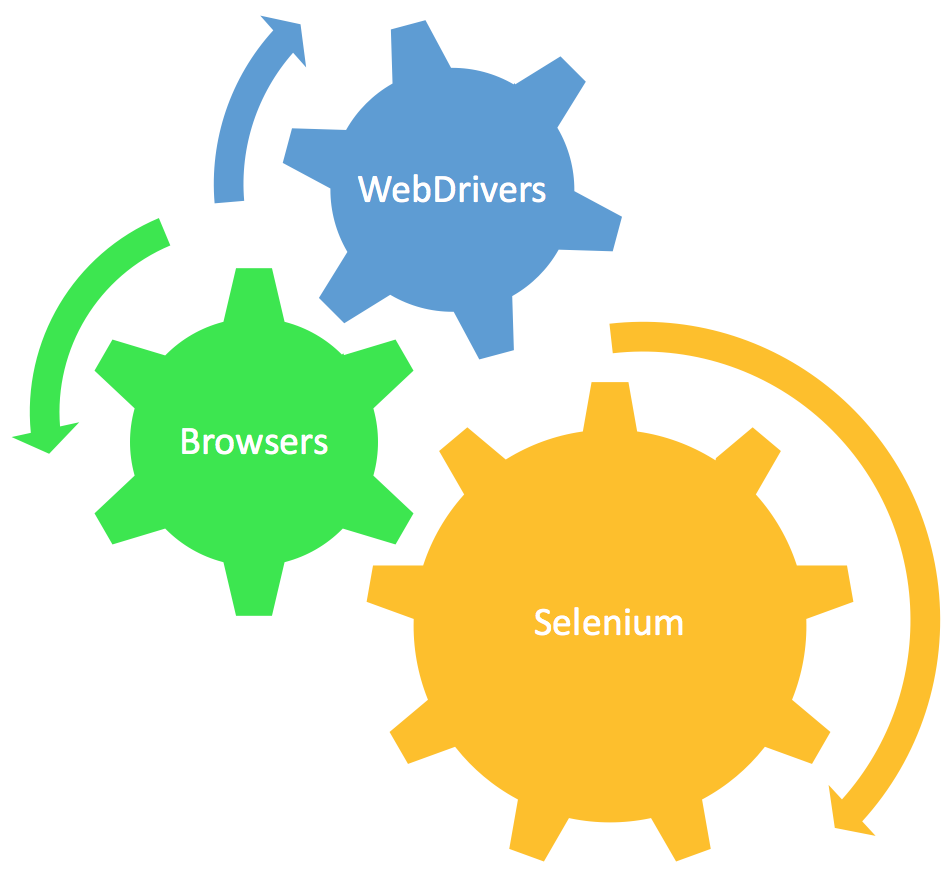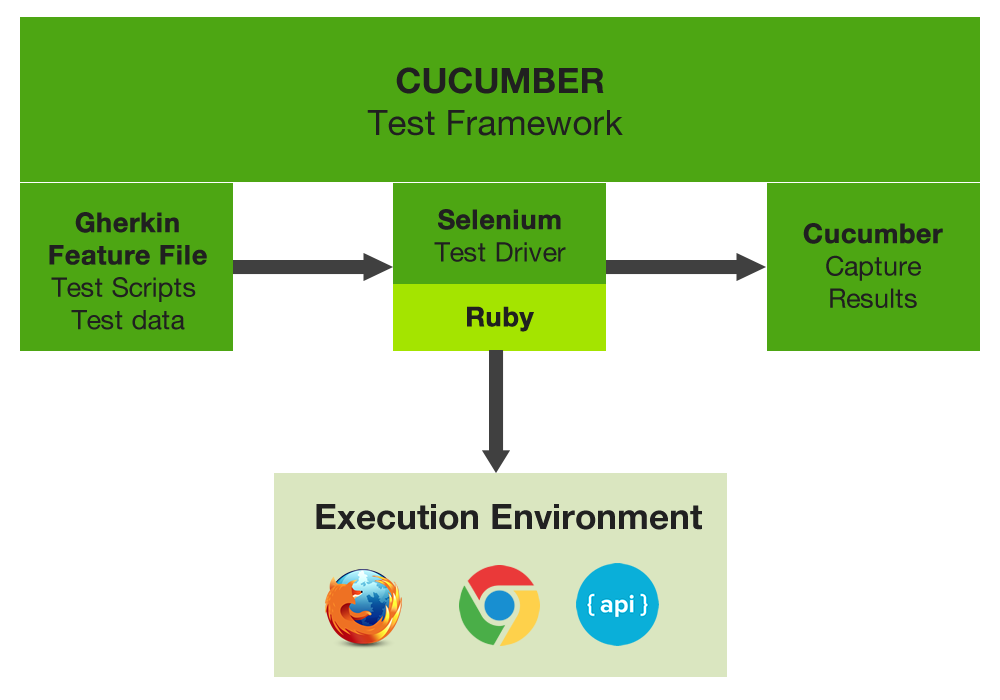Ever since taking hold in 2001, Agile has done nothing but grow in popularity. This osmosis of the Agile methodology is due to the positive effect is has had on helping organizations of all scope and size become more flexible, react quicker, and improve the quality of their product or service.
By applying Agile to your business, the decisions you make and actions you take will all be focused on maximizing business value delivery. The areas where Agile can have the biggest impact are:
- Software Delivery
- Prioritization of Business Needs
- Building Compliant Products
- Organizing Product Releases
- Organizing and Incentivizing Teams
- Funding New Initiatives
Here are several more specific examples of how using Agile can improve your processes.











